
Understanding the Dobsonian telescope and its comparison with other types of telescopes.
The Dobson telescope, often referred to as "Dobsonian" or simply "Dob", is an astronomical observing instrument that revolutionized amateur astronomy by making deep-sky observation accessible to a wide audience. Invented in the 1960s by amateur astronomer John Dobson, this telescope is notable for its simplicity, affordable cost, and its large light-gathering capability.
How the Dobson telescope works
The Dobson telescope is based on the optical design of the Newtonian telescope. It consists mainly of two components:
-
The optical tube : It houses a large concave primary mirror that collects light from celestial objects. This light is then reflected toward a flat secondary mirror, which redirects it toward the eyepiece located on the side of the tube.
-
The azimuth mount : Unlike more complex equatorial mounts, the Dobson's azimuth mount allows simple up/down (altitude) and left/right (azimuth) movements. This design facilitates pointing and tracking celestial objects in an intuitive way.
This combination of efficient optics and a simplified mount allows amateur astronomers to observe deep-sky objects, such as galaxies and nebulae, with great ease.
Comparison with other types of telescopes
To better understand the specifics of the Dobson telescope, it is useful to compare it with other types of telescopes commonly used in amateur astronomy.
Newtonian telescope
The Newtonian telescope shares the same optical design as the Dobson, with a large concave primary mirror and a flat secondary mirror. The main difference lies in the mount:
-
Equatorial mount : Newtonian telescopes are often mounted on equatorial mounts, which counteract the rotation of the Earth and allow precise tracking of celestial objects. However, these mounts are generally more complex and expensive.
-
Portability : Dobsonians, with their simplified azimuth mount, are often lighter and easier to transport than Newtonians on an equatorial mount.
Schmidt-Cassegrain telescope
Schmidt-Cassegrain telescopes combine spherical mirrors and a corrector plate to offer a compact design.
-
Compactness : Thanks to their folded design, Schmidt-Cassegrain telescopes are more compact and easier to transport than Dobsonians of the same aperture.
-
Versatility : They are suited for both planetary observation and deep-sky observing, and are often equipped with motorized mounts to facilitate tracking of celestial objects.
-
Cost : Schmidt-Cassegrain telescopes are generally more expensive than Dobsonians, due to their more complex optical design and additional features.
Maksutov-Cassegrain telescope
Maksutov-Cassegrain telescopes use a combination of mirrors and lenses to offer excellent image quality.
-
Optical quality : They provide sharp images with few aberrations, ideal for planetary observation.
-
Compactness : Like Schmidt-Cassegrain, they are compact and easy to transport.
-
Cost and warm-up time : They are often more expensive than Dobsonians and require a longer warm-up time due to their closed design.
Advantages and disadvantages of the Dobson telescope
Advantages :
-
Value for money : Dobsonians offer a large aperture at a relatively low cost, allowing observation of faint deep-sky objects.
-
Ease of use : The azimuth mount is intuitive, making pointing and tracking celestial objects easier, even for beginners.
-
Construction and customization : Many amateurs build their own Dobsonian, allowing customization according to needs and budgets.
Disadvantages :
-
Manual tracking : Without motorization, tracking objects requires constant manual adjustments, which can be tedious during long observations.
-
Bulkiness : Large-aperture Dobsonians can be bulky and heavy, making their transport and storage more difficult.
-
Limited astrophotography : Because of the azimuthal mount, Dobsonians are not ideal for long-exposure astrophotography without additional equipment.
Conclusion
The Dobson telescope is an excellent choice for amateur astronomers seeking a large aperture at an affordable price, with simple and intuitive use. However, it is essential to consider its limitations, particularly in terms of manual tracking and astrophotography. Depending on your specific needs, other telescope types, such as Schmidt-Cassegrain or Maksutov-Cassegrain, may be more suitable. The key is to choose an instrument that aligns with your observing goals and your lifestyle.
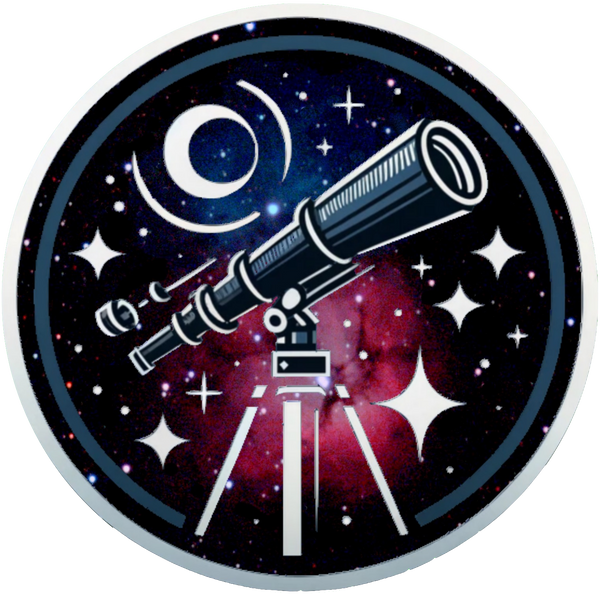
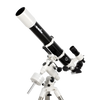 All
All
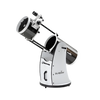 Dobson
Dobson
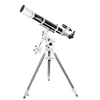 Refractors
Refractors
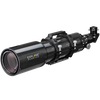 Ed & Apochromates
Ed & Apochromates
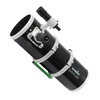 Newtonian reflector
Newtonian reflector
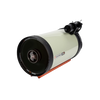 Schmidt Cassegrain
Schmidt Cassegrain
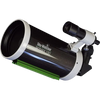 Maksutov-Cassegrain
Maksutov-Cassegrain
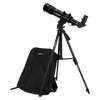 Solar
Solar
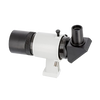 Researcher
Researcher
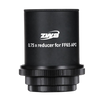 Focal reducer
Focal reducer
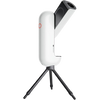 Intelligent
Intelligent
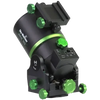 All
All
 Equatorial
Equatorial
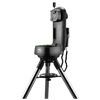 Alt/Az
Alt/Az
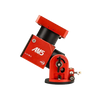 Harmonic
Harmonic
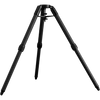 Tripods
Tripods
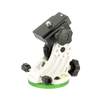 Accessories
Accessories
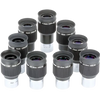 All
All
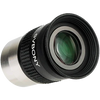 Wide angle
Wide angle
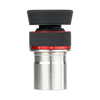 Zoom eyepieces
Zoom eyepieces
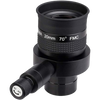 Reticulated eyepieces
Reticulated eyepieces
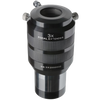 Barlow
Barlow
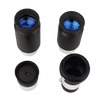 Plössl
Plössl
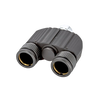 Binoculars
Binoculars
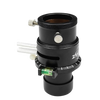 Atmospheric Corrector
Atmospheric Corrector
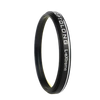 All
All
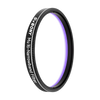 Visual
Visual
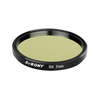 Photo
Photo
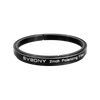 Polarisants
Polarisants
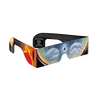 Solar Filters
Solar Filters
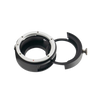 Accessories
Accessories
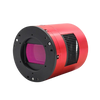 All
All
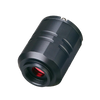 Color Cameras
Color Cameras
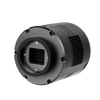 Monochrome Cameras
Monochrome Cameras
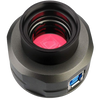 Planetary/Guiding
Planetary/Guiding
 Objectives
Objectives
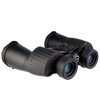 All
All
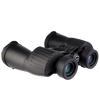 Binoculars
Binoculars
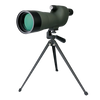 Spotting Scope and Monocular
Spotting Scope and Monocular
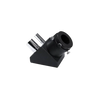 Elbows
Elbows
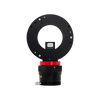 Optical Divider
Optical Divider
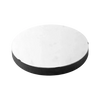 Mirrors
Mirrors
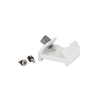 All
All
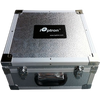 Bags and protections
Bags and protections
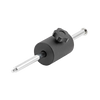 Supports and counterweights,
Supports and counterweights,
 Camera adapters
Camera adapters
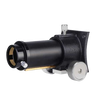 Focuser
Focuser
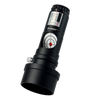 Collimation
Collimation
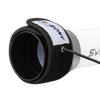 Heating band
Heating band
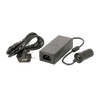 Cables
Cables
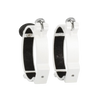 Collars
Collars
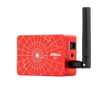 Computers
Computers
 Fans
Fans
 Others
Others
 All
All
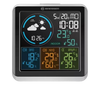 Weather Station
Weather Station
 Thermometer
Thermometer
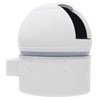 All
All
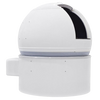 Observatory/Domes
Observatory/Domes
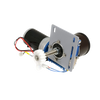 Accessories
Accessories
 Askar
Askar
 Baader
Baader
 Bresser
Bresser
 Celestron
Celestron
 Explore Scientific
Explore Scientific
 GSO
GSO
 Optolong
Optolong
 Touptek
Touptek
 Vixen
Vixen
 ZWO
ZWO